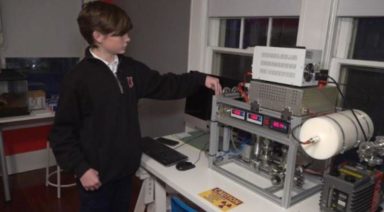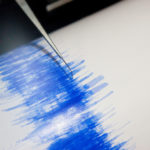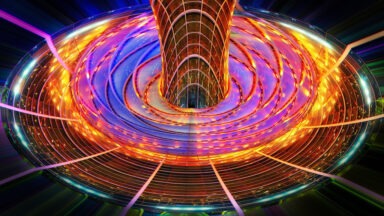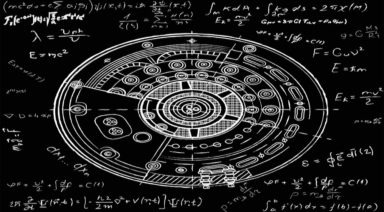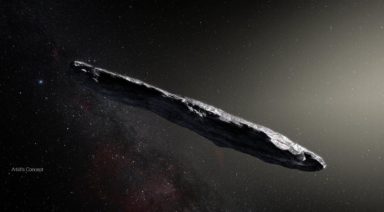What You Need To Know About Earth’s Magnetic Pole Reversal
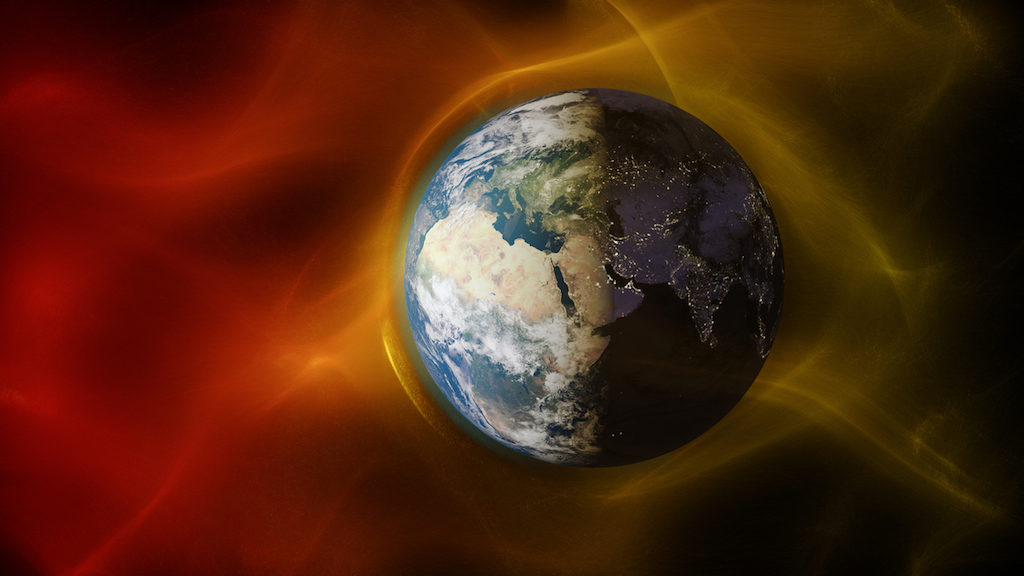
Recently, there has been talk of a magnetic pole reversal that could have serious consequences for life on Earth. While some warn that a pole shift could be devastating, others say those fears are overstated and melodramatic. Is the situation really as dire as they make it sound?
When is the Pole Shift Supposed to Happen?
No one knows when the pole shift will transpire, but we know complete magnetic reversals have happened every 200,000 to 300,000 years over the past 20 million years. But that regularity hasn’t continued, as the last known reversal occurred roughly 780,000 years ago. There was an attempted pole shift about 40,000 years ago, though it was unsuccessful.
Throughout Earth’s history the poles have reversed hundreds of times and according to some, this gives us reprieve as there’s no evidence a magnetic pole reversal led to any noticeable devastation or mass extinction on the planet. But as far as we know, there weren’t complex networks of satellites and electronics during those ancient pole flips.
Magnetic Pole Shifts and Space Domains
It’s debatable whether the pole shift will happen suddenly enough to cause dramatic effects, or whether it will be so drawn out as to be unnoticeable. Some think it will happen in such a way that it will leave us susceptible to cosmic radiation, causing mutations like cancer. Others believe it will take 1,000 years for the poles to reverse, making it largely unnoticeable.
If it’s true a reversal will take that long, scientists believe we will see more complexity in Earth’s magnetic fields and we may even see more than two poles simultaneously. But eventually, the poles will realign and flip into place opposite of where they currently are, leading only to confusion when trying to distinguish what used to be north from south on our now obsolete compasses.
One sign currently being observed is that the magnetic shield surrounding Earth is weakening at a faster rate than originally assumed. Over the past few centuries, the magnetic field weakened at a rate of 5 percent, but over the past few decades it has weakened at 10 percent. This is some of the strongest evidence a flip is about to occur.
Effects of a Magnetic Pole Shift
In a worst-case scenario, the pole reversal will weaken the magnetosphere to a point that will leave us vulnerable to cosmic radiation. We’re constantly bombarded with ultraviolet, electromagnetic radiation from the sun, but the Earth’s magnetosphere provides a shield to deflect those harmful rays.
In the event of a quick pole shift, it’s possible that shield could be in a state of flux and momentarily unable to protect us from large solar storms. This scenario would be particularly frightening if it damaged power grids, many of which are in some way connected, causing massive power losses and leaving us in the dark. It’s believed this would cost billions of dollars in damage.
This doomsday fear seems to be a bit sensationalist, though. As it turns out, there’s not necessarily any evidence the magnetosphere would shut down like the force field of the Death Star.
While it’s evident the field is weakening, some think it would only lead to slightly increased amounts of radiation in the atmosphere, more likely to affect satellites and objects at higher elevations. If anything, it would allow people at lower latitudes to witness the beautiful auroras currently seen in areas closer to the poles.
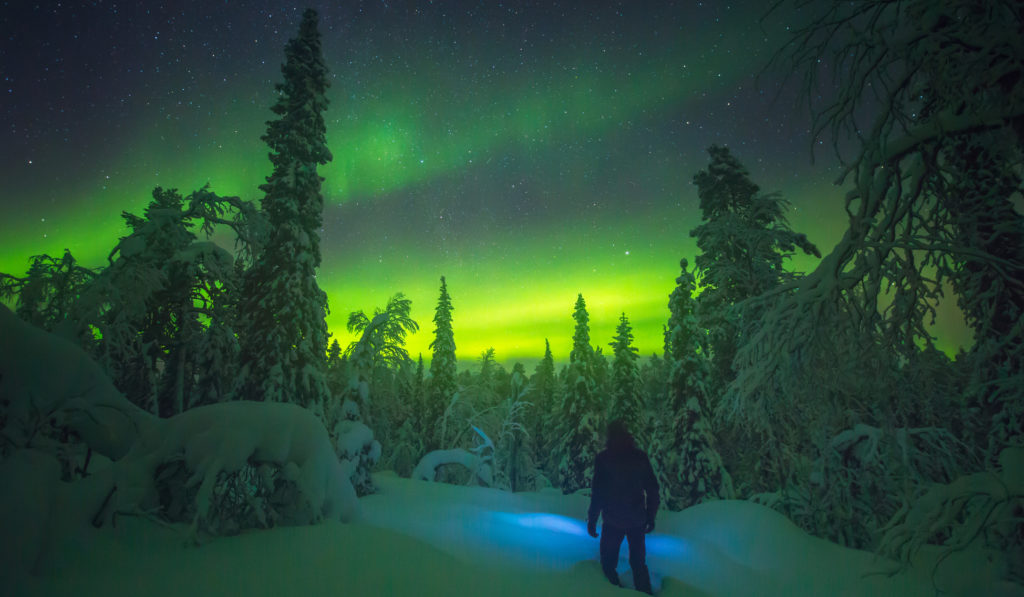
Another legitimate concern is that a pole flip could harm animals who rely on the Earth’s magnetic field for migration. An event like this might temporarily confuse animals already endangered from anthropogenic factors; we’ve disrupted habitats and migratory paths for a number of species already that adding confusion to their natural instincts could be devastating. As it is now, a third of all animals on the planet are endangered from human activity.
Another factor that could play a role in pole reversal is water displacement from climate change. The transfer of water in large quantities can have an impact on the magnetic fields of the planet. From polar ice caps melting, to more water evaporating into the atmosphere, the planet can shift on its axis in response to these transfers, subsequently affecting Earth’s magnetism.
Modelling a Magnetic Pole Flip
A geophysicist at the University of Maryland, Daniel Lathrop, has been working on creating a model of the Earth’s magnetic field with a massive, liquid sodium filled sphere. Lathrop’s experiment is meant to recreate the dynamo theory that is thought to be responsible for the generation of the planet’s magnetic field.
Dynamo theory is a process in which a rotating, convecting, and electrically conducting fluid maintains a magnetic field over astronomical time scales. In the case of the Earth, the planet consists of a liquid iron core within a layer of molten metal rotating at 1000 miles per hour. Changes in the core’s temperature and the planet’s rotation, boil and churn this metal to create the planet’s magnetic fields.
Lathrop created two massive spheres, one within another, recreating the effect in order to predict pole shifts and other geomagnetic phenomena. The inner sphere is 10 feet in diameter, spinning within 13.5 tons of liquid sodium at a rate of 960 rpm, while the outer sphere spins at 240 rpm, or 88 mph.
So far, he hasn’t achieved a dynamo, but has gathered a lot of important information about the fluid dynamics of the Earth’s core. At this scale, for every second Lathrop’s model spins, it simulates about 5,000 years of Earth’s rotation.
Hopefully, the experiment works and he’ll be able to achieve a dynamo effect, providing us with more insight on magnetic pole reversals. But for now, based on fossil records and the scientific data we have, it seems we should be safe from any major catastrophes when the flip finally happens.
The Sun and DNA Activation
A 12-Year-Old Boy is Youngest Person to Achieve Nuclear Fusion
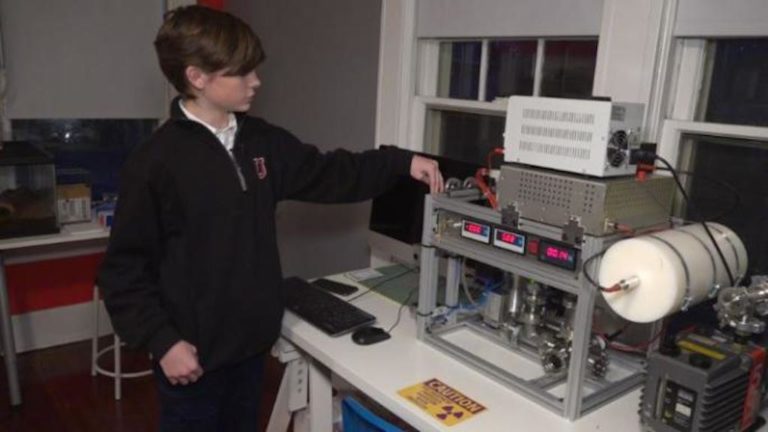
Jackson Oswalt has become the youngest person to achieve nuclear fusion at the age of 12 years old. Through trial and error, and $10,000 of equipment purchased on the internet, Oswalt built a homemade nuclear fusion reactor in his room, baffling his parents and members of the scientific community.
Though now age 14, experiments Oswalt conducted two years ago were verified by the internet hobbyist group, Open Source Fusor Research Consortium (OSFRC). He beat out the previous record holder, Taylor Wilson, who performed the feat at age 14.
“The start of the process was just learning about what other people had done with their fusion reactors,” Jackson said in an interview with Fox News. “After that, I assembled a list of parts I needed. I got those parts off eBay primarily and then oftentimes the parts that I managed to scrounge off of eBay weren’t exactly what I needed. So, I’d have to modify them to be able to do what I needed to do for my project.”
Hailing from Memphis, Tenn., Oswalt said he decided he didn’t want to waste his time on video games or other typical adolescent activities, instead finding himself enamored with science and, more specifically, nuclear physics.
After reading about his predecessor, Oswalt decided he could beat Wilson’s record and began researching the gear he would need to build a high-volt, atom smashing, plasma reactor in his bedroom.
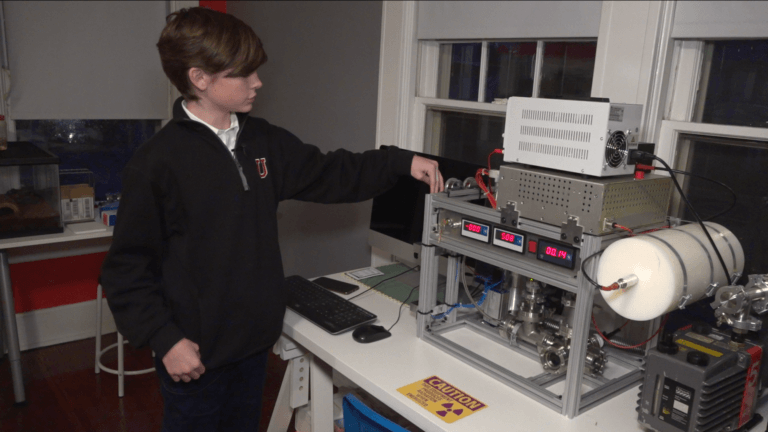
Jackson Oswalt next to his nuclear fusion reactor via FoxNews.com
Combing through the OSFRC’s online forums and working under the supervision of his dad, Oswalt built a 50,000 volt reactor in about a year, achieving the desired results of his experiment just hours before his 13th birthday.
Nuclear fusion is the same reaction that powers our sun and other stars, but on a much larger scale. In theory, a successful nuclear reactor could provide clean, unlimited energy to the world eliminating our reliance on finite fossil fuels that pollute the planet. Some believe this technology has already been realized and suppressed at the behest of corporate interests in oil and gas.
If a 12-year-old kid can create a nuclear fusion reactor in his room, why can’t the most advanced energy facilities in the world create one on a larger scale?
The trick to achieving successful fusion is to build a reactor that outputs more energy than is put in, and scientists at MIT have come close to building such a mechanism. In 2016, the university’s Alcator C-Mod tokamak reactor achieved a 16 percent increase from a 2005 record when it reached a temperature of 35 million Celsius for a period of two seconds. Though conveniently, funding for the reactor from the US Department of Energy ended the following day, despite their success.
More recently, scientists have begun to construct a larger tokamak reactor, which uses a toroidal apparatus to produce fusion in plasma, in southern France. This reactor will be 800 times the size of MIT’s Alcator C-mod reactor, but won’t be complete for another 15 to 20 years.
And while several other private firms are working on similar tokamak reactors of their own, its surprising there isn’t more government investment in this technology when it portends a future of clean limitless energy.
Is this because it’s actively being suppressed?
For more on suppressed technology check out Disclosure with Dr. Steven Greer:



